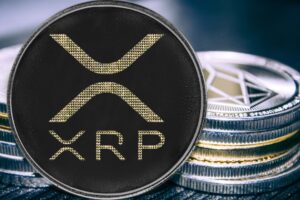As data breaches and identity theft run rampant, IOTA’s novel distributed ledger technology shows potential for revolutionizing digital identity and ownership. IOTA’s key innovations around decentralization, security, and transaction immutability could provide the foundation for verified self-sovereign identity and establishing provenance across the digital landscape.
IOTA’s Tangle architecture facilitates trusted information exchange between humans and machines without centralized intermediaries. This allows creating tamper-proof digital IDs anchored to individuals rather than institutions. Users can share verified credentials securely while retaining control over their personal data.
Decentralized identifiers (DIDs) powered by IOTA can also attach digital ownership to assets like cars, homes, collectibles etc. Immutable registry entries on IOTA can create verifiable credentials that prove ownership and transaction histories for both physical and digital goods.
For identity use cases, IOTA avoids single points of failure by eliminating the database component typical of centralized identity systems. User information gets split into encrypted identity fragments dispersed across the decentralized IOTA network.
This approach enhances privacy and security. Data lives directly on users’ devices, while references get embedded in IOTA transactions to validate credentials when required. Selective disclosure grants users autonomy over what information they share.
Also Read: Drones on Watch: How IOTA is Securing the Next Frontier of Drone Surveillance
IOTA’s feeless microtransactions further enable dynamic DID exchange and credential verification at scale. With no per transaction costs, identities and credentials can be seamlessly updated as required across entities.
For digital ownership, IOTA’s tamper-proof ledger entries create transparent and immutable records of transactions, transfers, and ownership changes. This maintains provenance across currency trades, property exchanges, and collecting unique digital assets like NFTs.
IOTA’s smart contracts layer also allows automated verification and transfer of ownership contingent on meeting agreed conditions. Digital rights management ensures creators maintain control over their intellectual property as well.
Also Read: IOTA’s Moonshot Mission: Can This Revolutionary Technology Transform the Future of IoT and Web3?
As digital environments grow more immersive with augmented reality and 3D virtual worlds, establishing self-sovereign identity and digital ownership grows increasingly crucial. IOTA’s decentralized approach offers a robust way to build user trust and participation across evolving digital realms.
While still early, initiatives like the EU’s Digital Identity framework incorporate IOTA precisely for its resilience, security and privacy strengths. As digital citizenship becomes mainstream, IOTA’s unique attributes offer a foundational backbone for individual autonomy and control.
By removing centralized intermediaries, IOTA’s architecture mirrors the web’s open design. This ethos can grant users an unprecedented level of digital freedom, agency and ownership. The opportunity exists for IOTA to radically transform identity and ownership for the next era of interconnected living.



